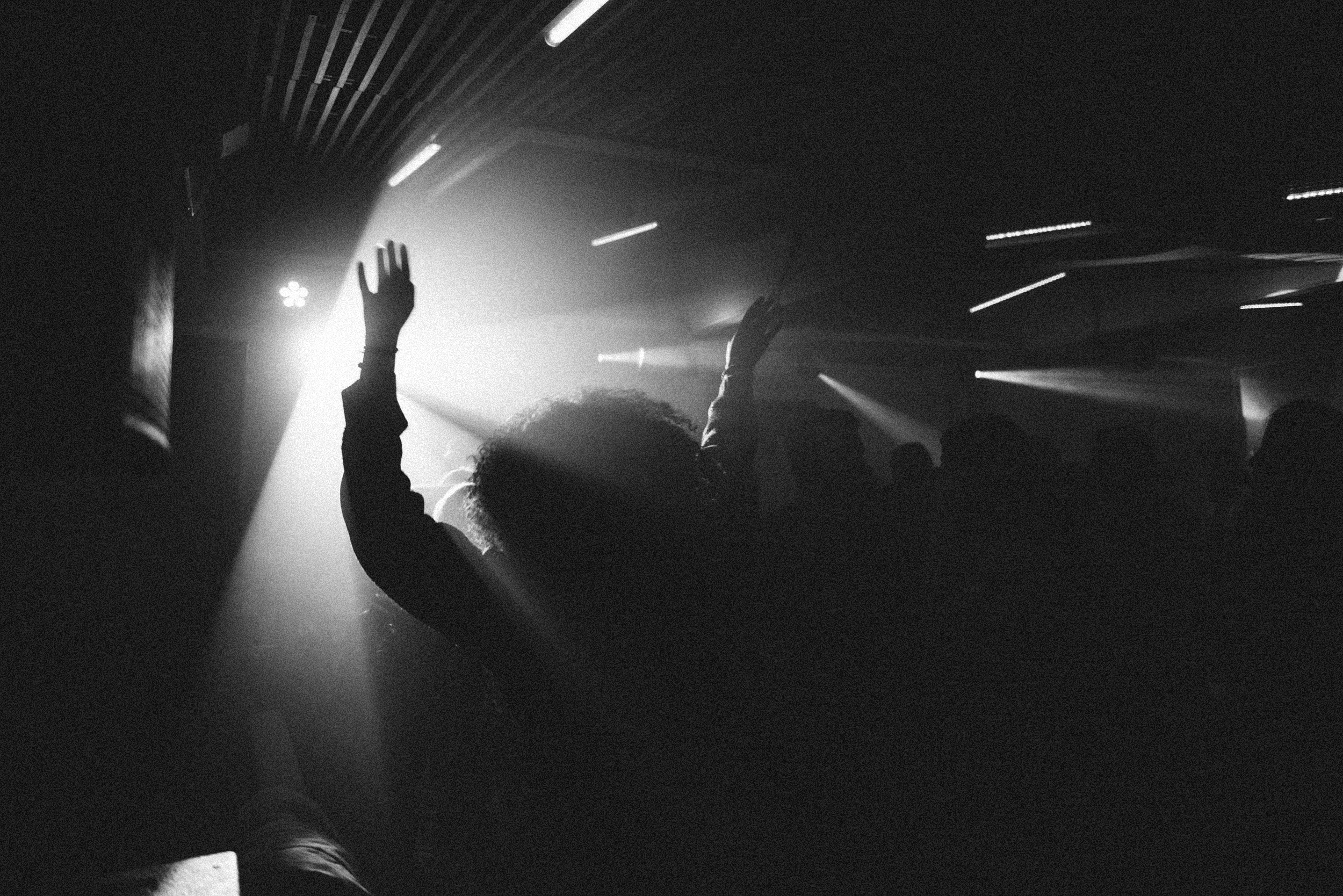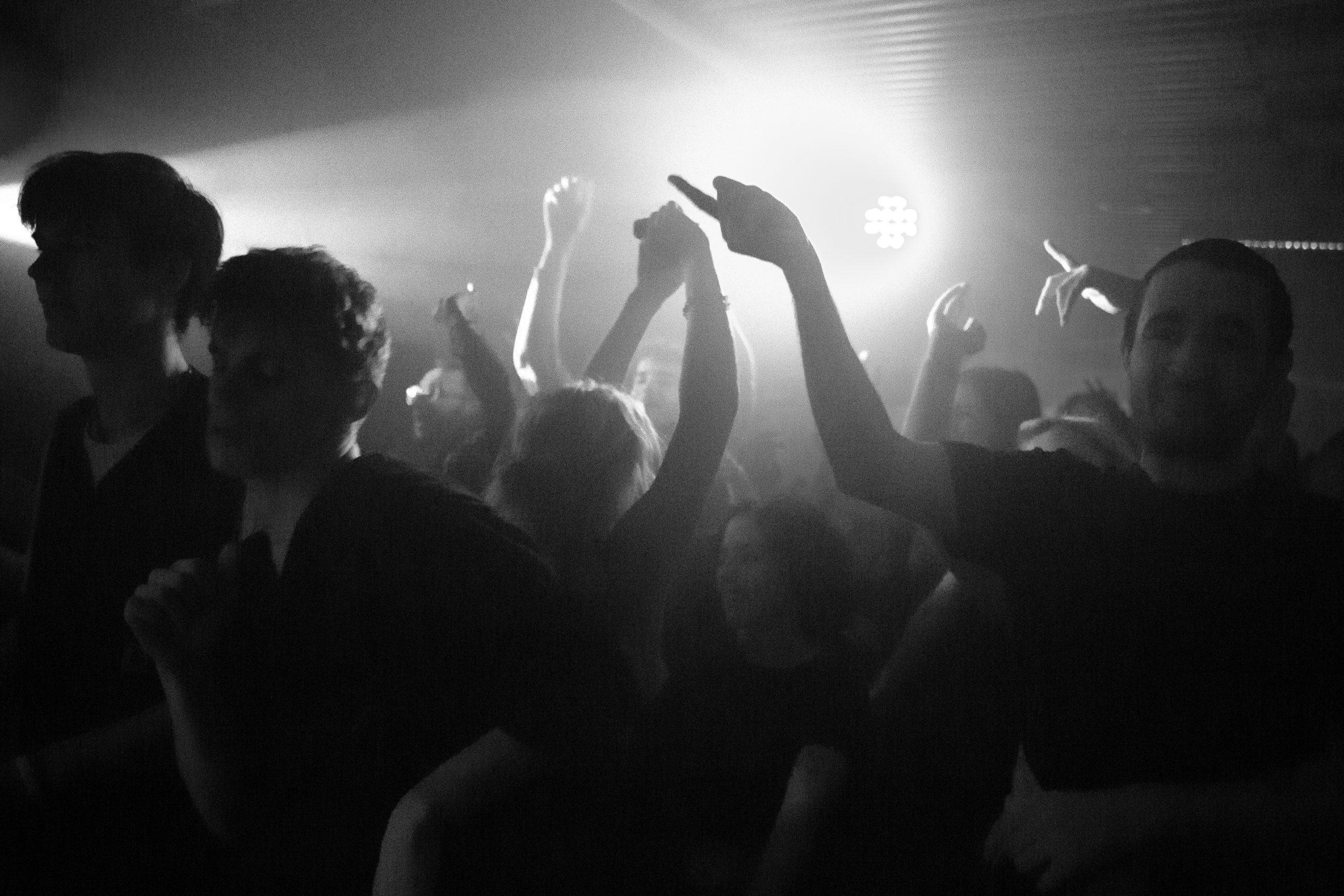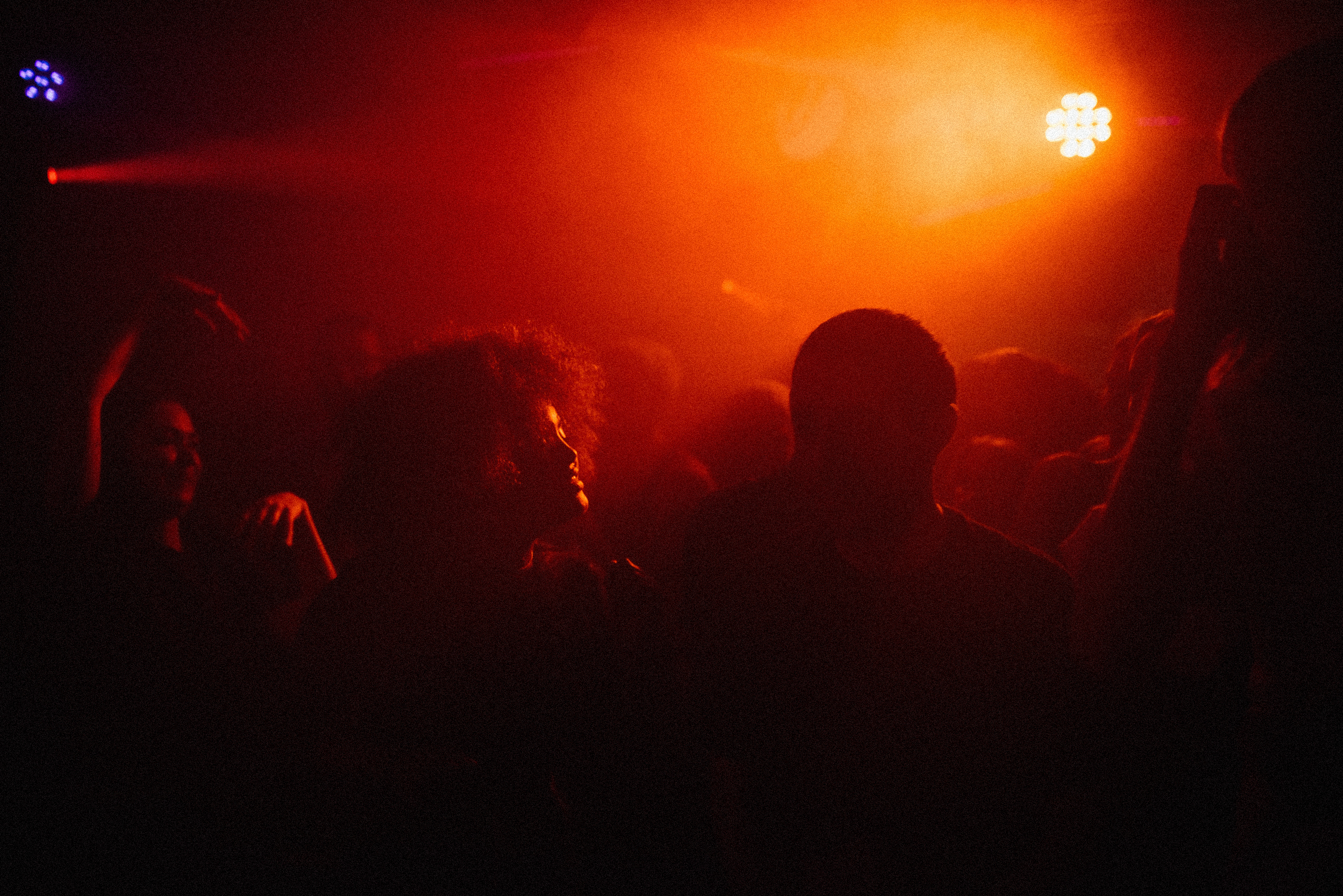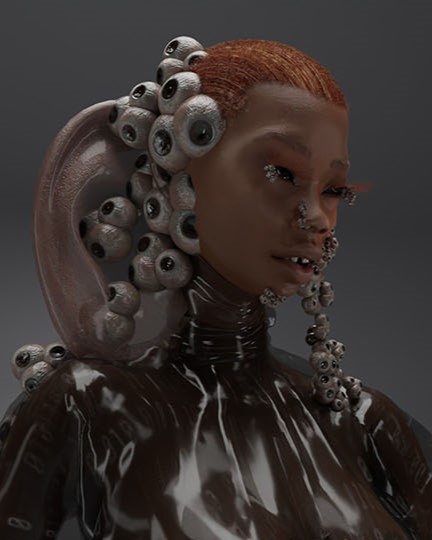The Right To Dance launched in 2021, what were the early motivations? Why did it feel necessary to have this arm separate to War Child? And what did you envision for it?
The motivation right from the start was to create a War Child-owned movement that appealed to a dance music audience and inspired them to raise money for War Child’s work. No other charity was speaking to that audience in a credible and consistent way and we felt that was a mistake.
Underground music fans are socially and politically engaged by the sheer fact that the sounds and spaces that emerge from underground dance culture are created by marginalised people. This was another reason we were passionate about creating The Right To Dance, because so much of our work focuses on ensuring children from marginalised and persecuted communities are able to access safe spaces.

In these safe spaces children can then find community, freedom, identity, and self expression – the foundation stones to become happy healthy people. That’s the beauty of TRTD; on a basic but vital level it exists to raise funds for War Child’s work, but it also exists to tell stories of human struggle and the importance culture plays in binding us all together.
Club culture is not a monolith
The Right To Dance has centred collaboration and multiple perspectives from the outset, with its advisory board of leading music industry figures. Why has collaboration and different perspectives been so important to the work you do?
In short: dance music and club culture is not a monolith.
Club culture means different things to different people all over the world, and dance is simultaneously a deeply individual act and a powerful communal expression. Although the team behind TRTD have spent decades on the dancefloor, we could never represent that tapestry of experience on our own. For TRTD to be a true celebration of club culture it relies on many, many perspectives, both inside and out. The guidance our committee offers is crucial to that, but also the partners we collaborate with, from journalists and DJs, to promoters and visual artists.

In our One Year video, we led with the phrase “built by the club community”, and we don’t use that lightly. TRTD honours a history of people striving for the right to dance around the world, and would not exist without the support our partners have provided through time, expertise and fundraising.
Club culture is evolving quicker than anyone can keep up with, and always leaves stories behind that should have seen more of the spotlight. It will never be possible for us to cover everything, but we can at least aim to represent the culture as fairly as possible by always seeking more perspectives. That means geographically, racially, musically and across gender, sexuality and economic backgrounds.
What’s important to consider when it comes to facilitating meaningful creative collaborations?
For us, meaning comes from something that is important and worthwhile. The cause – War Child’s work – is the primary measure of importance, and fundraising is always at the front of our minds, but whatever we do also needs to contribute to culture. That could be platforming conversations that may not be happening elsewhere (eg. our Migrant Footprint panel, Scene Spotlight editorial series and Striving For The Right To Dance Instagram series), bringing people together who haven’t collaborated before (eg. b2b sets at our fundraisers), or presenting new concepts (watch this space for an announcement later in the year!).
On the worthwhile point, part of our mission is to offer a value exchange between charity and donor, but that also includes our partners. We want our collaborators to feel invested in what we create together, which means respecting their artistic integrity and ensuring they find the collaboration rewarding as well as us.

Club culture can tend to be associated with hedonism. Dance For Good helps highlight the fact that there is a utopian, progressive aspect to it too. Can you talk too about this oft-overlooked part of clubbing?
While club culture is now very much part of the mainstream consciousness, it was born in the margins, and built by the marginalised; namely the Black and queer communities but also many other groups who haven’t found wider society welcoming and accepting of their identity. People have been striving for the right to dance since the dancefloor’s inception, striving for the right to community, freedom, identity and self-expression that those sanctuaries offer. The joy and escape of hedonism shouldn’t be discounted in this equation, but the socially progressive values that have powered the dancefloor, and are being powered by it, are what makes the dancefloor such a vital cultural asset.
It was born in the margins
Emma Warren’s new book Dance Your Way Home does a far better job explaining this than we ever could. Go read it!
What are some of the projects or initiatives that last year’s raised funds went towards, and what is planned for the money raised this year?
Last year, War Child UK were able to provide support to thousands of children across 15 countries. Together with our partners, we created safe spaces for children to play, learn and access psychological support.
We also responded rapidly to the emergency in Ukraine, offering immediate and critical aid to children and their families in Ukraine, Moldova and Romania. Sadly, it’s been necessary to continue our vital work in 2023.

In the disastrous aftermath of the earthquakes in Türkiye and Syria in March 2023, War Child UK and our partners mobilised a rapid response unit to provide essential basic needs such as medical aid, food, shelter and clothing.
We have been actively working in Syria since 2012 in response to the conflict-driven crisis. However, in 2023 War Child’s response entered a harrowing new phase. We will continue to provide relief operations while delivering our critical education and psychological support services to help thousands more children who are at severe risk.
By supporting our work, you help us to adapt to fast-changing needs on the ground and to distribute funds to where it’s needed the most, including in Ukraine and Syria. Thank you.
Read More: Creating A Neighbourhood With Radio Alhara






